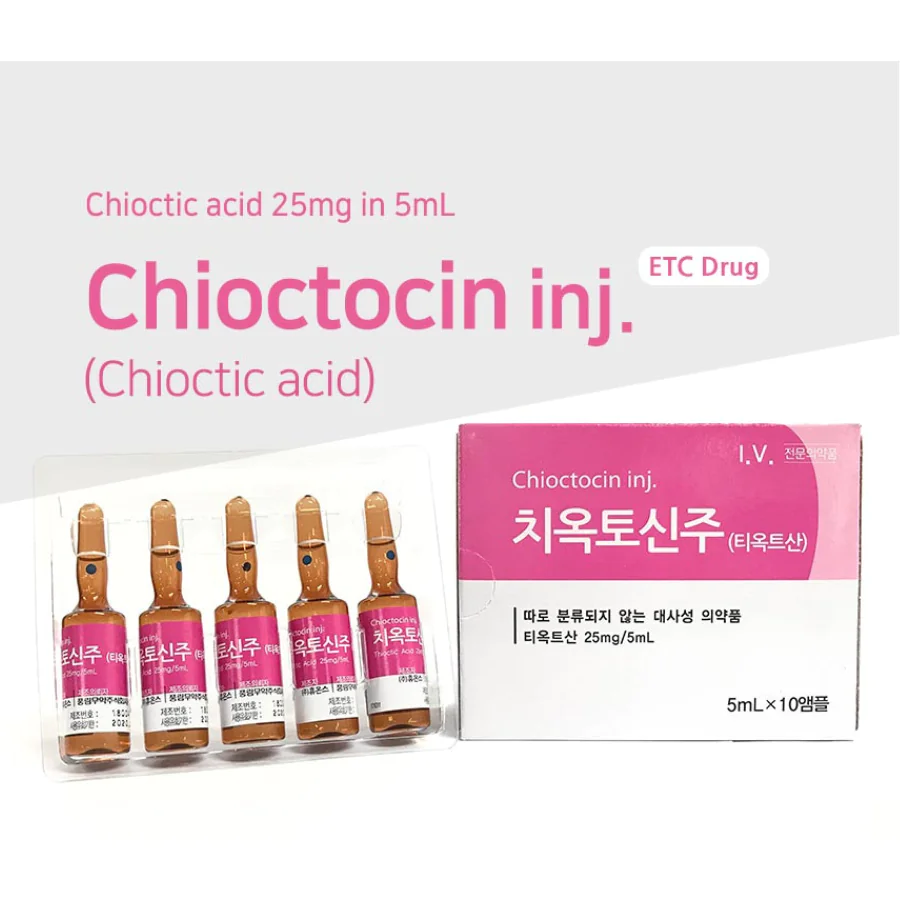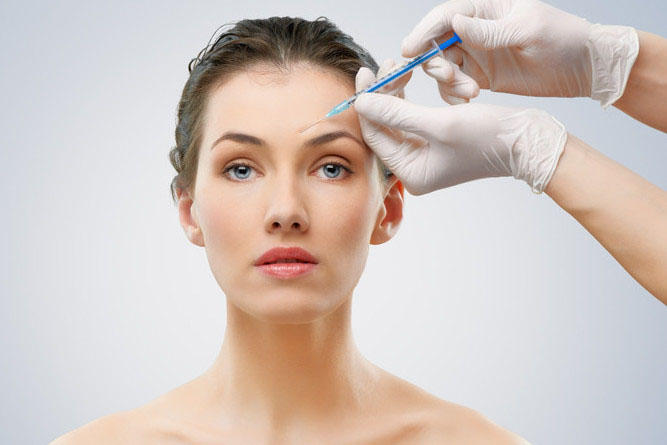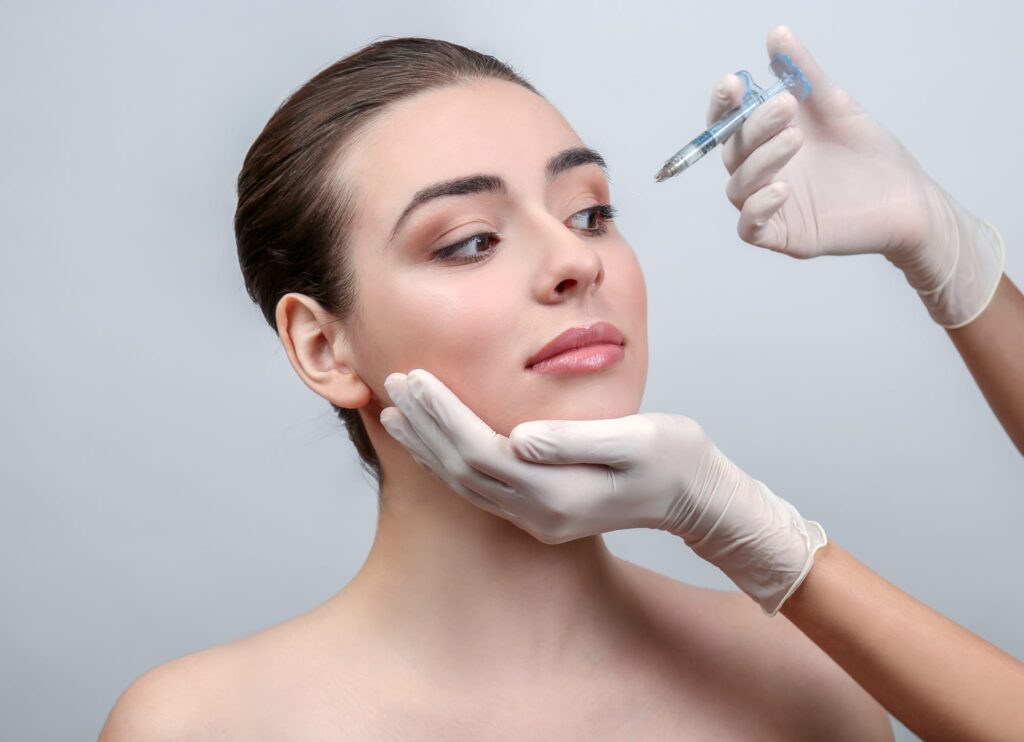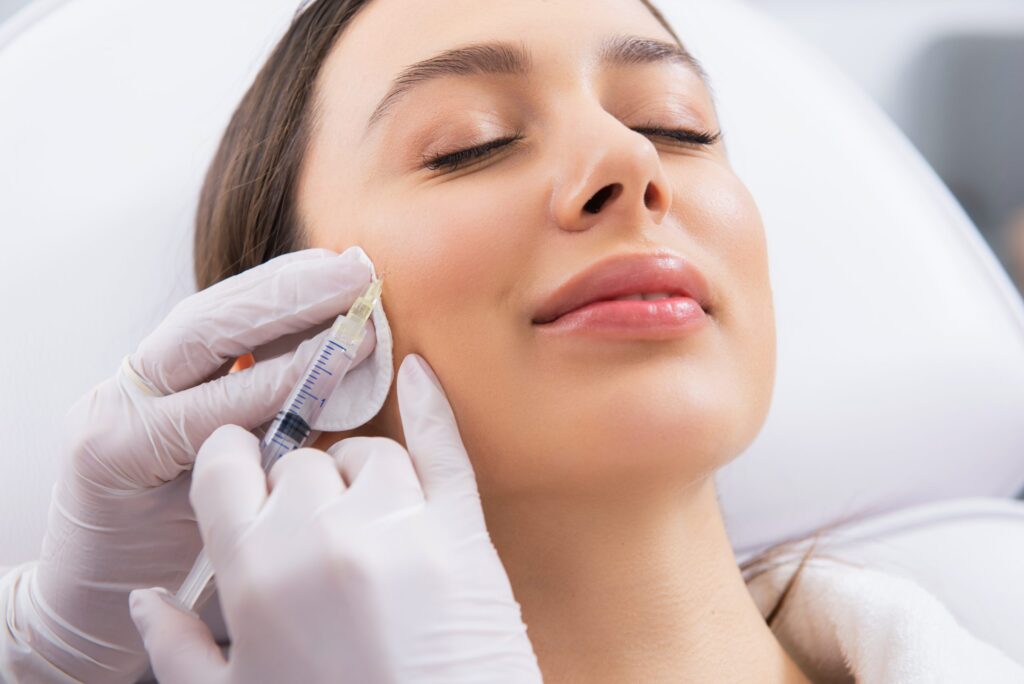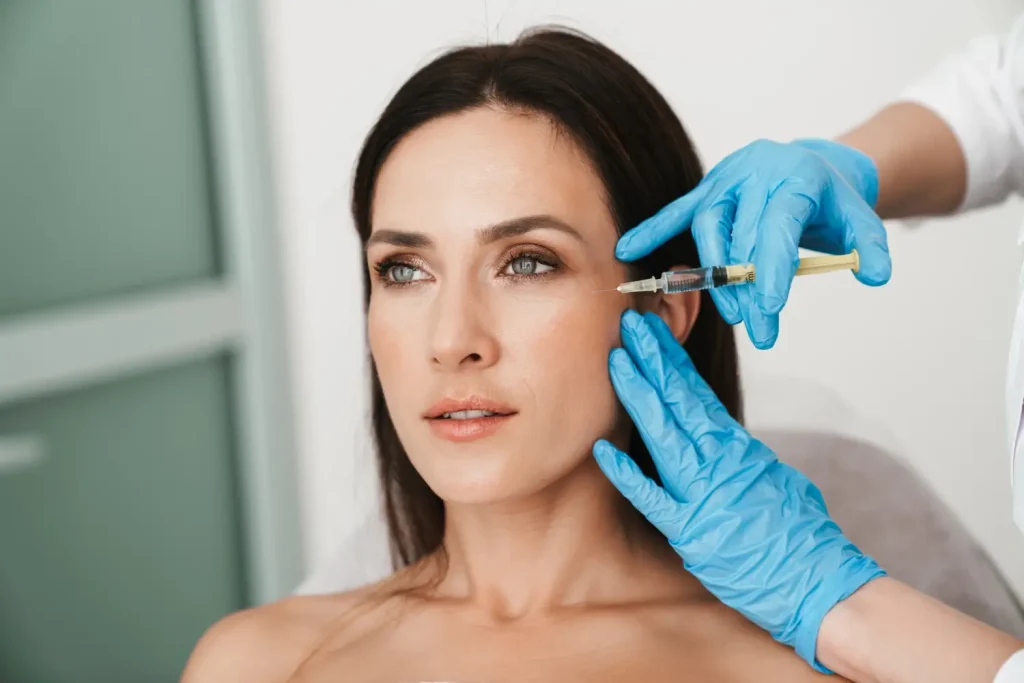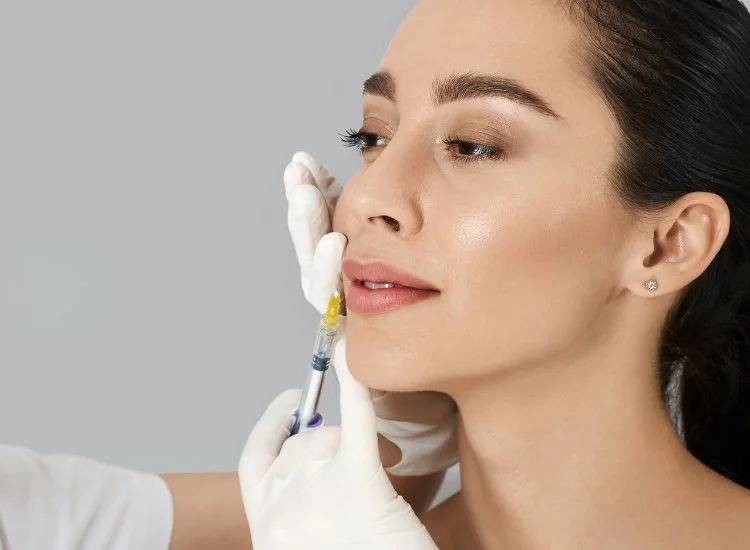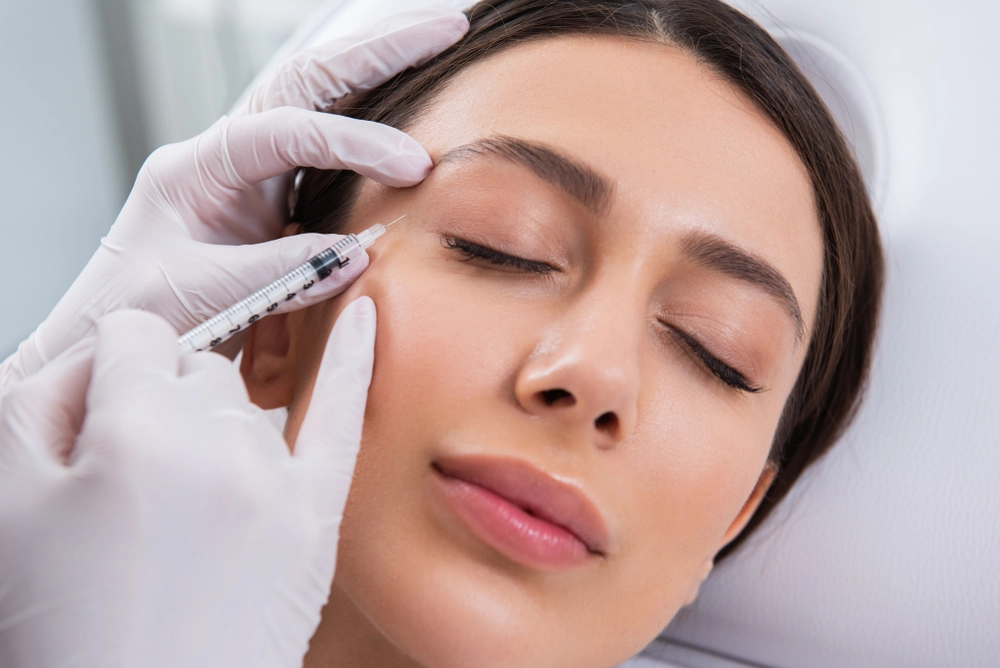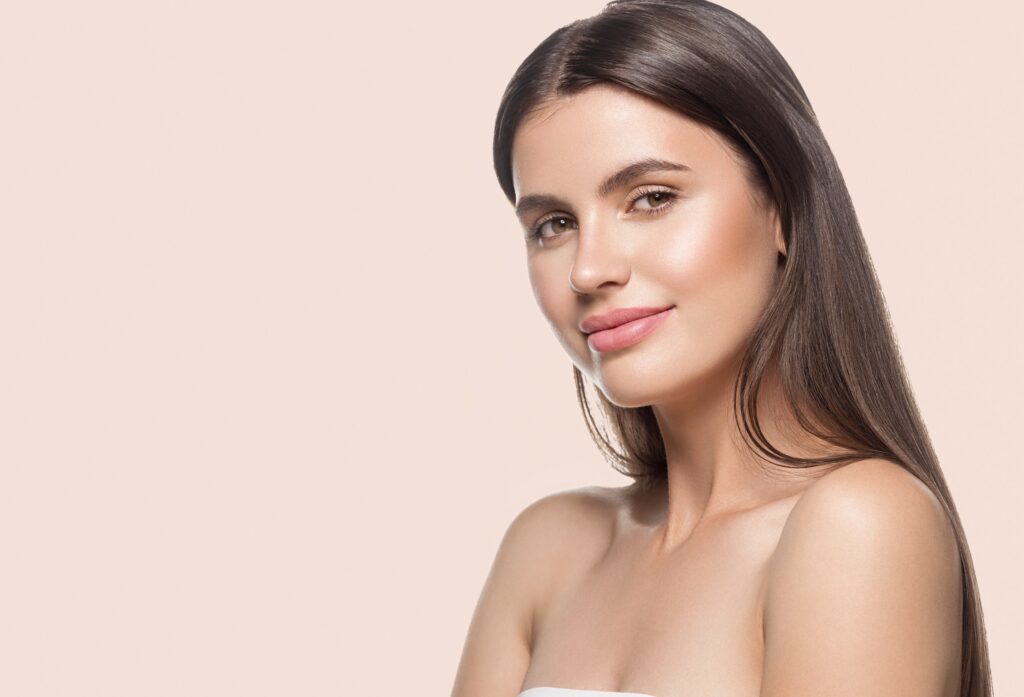Table of Contents
ToggleIntroduction: Botulinum Toxin’s Split Personality—Poison and Cure
You might have heard or read “Botox” being talked about in ads for wrinkle-free skin or listened to the news describe it as “the deadliest substance on Earth.” And the wild part is: it’s both.
Let’s get it straight. Botulinum toxin—the stuff that makes Botox possible—is produced by a bacterium called Clostridium botulinum. Purified, a single 1 gram would be enough to kill over 1 million people. But since 1989, doctors have legally injected diluted versions of this toxin into humans. Why? Because in small, controlled doses, it’s a miracle drug.
Here’s how the shift happened:
1989: It was initially approved by the FDA to align crossed eyes (strabismus). Ah, paralyzing tiny eye muscles made patients look straight.
2002: A beauty trend swept the country. The FDA approved Botox for frown lines, and everyone wanted “the toxin” on their face.
Today: Over 7.4 million Americans get Botox every year, and it’s used for migraines to sweaty armpits.
But the lesser-known fact is: Not all botulinum toxins are made equal. There are 8 types (A-H), but only Type A and Type B are used in medicine. So why does 99% of clinics use Type A (like Botox)? Why would anyone use Type B? And what if you get it wrong?
Let’s remove the hype. No textbook language, no sales talk—raw and straightforward facts you can utilize to make more informed decisions.
The Basics: What Are Botulinum Toxin Type A and Type B?
Don’t be fooled by the sci-fi sounding names—simply two brothers of the “botox family” with entirely different personalities.
① Where are they from?
Both are made by the same bacterium: Clostridium botulinum. The toxin that they make stops nerve impulses—like you yank a plug out of a cord. Without the “contract” signal, muscles relax. That’s why it can kill you in high doses but smooth out wrinkles in low doses.
② Why Type A vs. Type B?
Scientists discovered 8 forms of botulinum toxin (A-H), but only Type A and Type B are utilized in humans. Here’s the lowdown:
Type A: The “star” of the group, commanding 65% of the global market (Botox, Dysport, and Xeomin are all Type A products).
Type B: The underdog. The only product you’ll find is Myobloc (U.S.) or Neurobloc (Europe), mostly used for medical issues, not selfies.
③ How different are their “body types”?
Here’s a twist: Type A has a molecular weight of 150 kDa, while Type B is actually 700 kDa (kDa = kilodalton, a unit to measure molecule size).
Wait, isn’t 700 more than 150? Yep—but here’s the twist: Type B’s molecule is smaller due to it being a “single-chain” shape, compared to Type A making a bulkier “complex” with other proteins. This makes Type B diffuse faster in your body—for better or worse.
Fun fact: There is only 0.0000001 grams of actual toxin in one vial of Botox (Type A). So what’s the rest of it made of? Albumin and saltwater. Myobloc (Type B) is 3x stronger, though—it’s why it takes effect faster but doesn’t last as long.
Core Difference #1: Speed vs. Staying Power
Get real: You’re putting poison into your face (or neck, or underarms), you’d better know what you’re doing to your body. Here’s the scoop on how quickly these poisons work—and for how long.
Type A (Botox, Dysport, Xeomin):
When it kicks in: 3-7 days (you’ll notice fine lines vanishing just when you need it for your next Zoom meeting).
Lasts: 3-6 months. For cosmetic uses, most people get 4 months of smooth skin before needing a top-up.
Best for: Anyone who hates scheduling appointments. “Set it and forget it” types.
Type B (Myobloc/Neurobloc):
Kicks in: 24-72 hours (think “overnight relief” for medical issues).
Lasts: 2-3 months max. You’ll be back in the doctor’s office before your next haircut.
Best for: “Fix me NOW” situations.
Real-life example:
Sarah, 45, a teacher, has cervical dystonia—spasms of pain in her neck. She began on Type A, but waiting a week for relief to kick in was “like torture.” Her doctor changed her to Type B. “The next morning, I could turn my head without crying,” she says. The catch? She must have injections every 10 weeks.
Your cheat sheet
Wedding lines ruining your wedding? Type A (be patient!).
Need to ease nervous sweats during interviews tomorrow? Type B (preparing for a few more needles).
Why it matters:
Botox isn’t a one-size-fits-all. Type A’s slower time to peak actually makes it safer for cosmetic use—less chance for the toxin to travel where it shouldn’t.
Type B speed is two ways about it: Fast action = faster fade. In a 2021 study, published in Neurology, researchers concluded that 68% of patients who were given Myobloc needed to have the injections redone within less than 3 months, whereas 22% of patients who were treated with Botox needed to have the injections redone.
Conclusion: Perseverance or speed? You can’t have both. Do it by your tolerance level and if you enjoy hearing your doctor’s waiting room music.
Core Difference #2: What Can They Actually Treat? (Spoiler: Type A Does Almost Everything)
Think of Type A as the Swiss Army knife of botulinum toxins—it’s FDA-approved for both your wrinkles and your weirdest medical issues. Type B? It’s more like a specialty tool you’d grab for one specific job. Let’s break down who gets what:
Type A (Botox) – The Overachiever
- Cosmetic Uses:
- Frown lines (2002 FDA approval)
- Crow’s feet (2013)
- Forehead lines (2017)
- Bonus: Many docs use it “off-label” for jaw slimming, bunny lines, even a “lip flip.”
- Medical Uses:
- Chronic migraines (31% of users get ≥50% fewer headaches)
- Hyperhidrosis (stops sweaty pits for 82% of people for 4-12 months)
- Overactive bladder (reduces bathroom trips by 3x daily)
- Even crossed eyes and eyelid spasms
Type B (Myobloc) – The Niche Player
- Only FDA-Approved For:
- Cervical dystonia (neck muscle spasms – 2000 approval)
- Chronic drooling (2019)
- Off-Label Drama: Some rogue clinics inject Type B for forehead wrinkles, but here’s why that’s sketchy:
- It spreads faster (hello, droopy eyelids)
- Lasts half as long as Botox
- Not a single long-term safety study for cosmetic use
The Elephant in the Room: Why isn’t Type B approved for beauty fixes?
- FDA Says: “No sufficient evidence.” Translation: Drug makers haven’t bothered to spend millions testing it for wrinkles when Type A already dominates.
- Real-World Hack: A 2022 survey found 14% of medspas secretly mix Type B with Type A for “faster results,” but experts call it “playing Russian roulette with facial muscles.”
Pro Tip: If a clinic offers “Botox alternatives” that work overnight, ask exactly what’s in the syringe. Type B labels must say “Myobloc” or “rimabotulinumtoxinB” – no sneaky rebranding allowed.
Core Difference #3: Side Effects & The “Immunity” Trap
Let’s be blunt: Injecting neurotoxins isn’t risk-free. But here’s the kicker—Type A and Type B bite back in totally different ways.
The Side Effect Showdown
Type A (Botox):
- Common issues (5% of users):
- Swelling (like a mosquito bite where injected)
- Headaches (usually fades in 48 hours)
- Rare but scary: Droopy eyelids (1 in 250 cases) if it spreads
Type B (Myobloc):
- ”Why is my mouth so dry?”: 15% of users report:
- Cottonmouth (like after dental numbing)
- Trouble swallowing (imagine food stuck in your throat)
- Why it’s riskier: Smaller molecules wander farther from injection sites. A 2020 Johns Hopkins study found Type B spreads 3x farther than Type A.
The Immunity Time Bomb
Here’s what nobody tells you: Your body can fight back.
- Type A: 1-3% of frequent users develop antibodies within 2 years, making Botox useless.
- Real math: If you get injections every 3 months, your risk jumps to 10% after 5 years.
- Source: 2006 Neurology study tracking 631 patients
- Type B: Less than 0.5% develop resistance. Why? Your immune system struggles to recognize its structure.
Doctors’ Dirty Little Secret
Plastic surgeons have a hack for Botox veterans: Switch to Type B every third injection.
Case in point: Jane, 38, got Botox every 2 months for migraines. After 3 years, it stopped working. Her neurologist switched her to Myobloc for one cycle. Result: Botox worked again for another 18 months.
But warning: This isn’t a free pass. Type B’s harsh side effects mean most people only tolerate 1-2 rounds of this “detox.”
Your Survival Guide
- If you’re getting injected more than 4x a year, ask your doctor about antibody testing (yes, it exists).
- Type B isn’t a “safer” alternative—it’s just playing different Russian roulette.
- Stopping suddenly? Bad idea. One study found 62% of chronic users had worse symptoms than pre-treatment if they quit cold turkey.
Pro tip: “If your Botox stops lasting 3 months, don’t just up the dose—you might be breeding immunity,” says Dr. Emily Kirby (Fort Worth dermatologist). “Switch areas or take a 6-month break.”
Bottom line: Your body’s not stupid. Treat botulinum toxins like a strong whiskey—occasional shots work, but daily chugging will burn you.
The Hidden Difference: Why Molecule Size Is a Big Freaking Deal
You know how a precision scalpel works better for eye surgery than a butter knife? Botulinum toxins follow the same rule. The size of their molecules decides exactly where they go in your body—and that changes everything.
Type A: The Sniper Rifle
- Molecular weight: 150 kDa (but forms a heavy “complex” with proteins, acting like a 900 kDa bullet).
- Spread radius: Stays within 1-2 cm of the injection site.
- Why it’s perfect for:
- Glabellar lines (the “11” between eyebrows) – You don’t want toxin creeping into eyelids.
- Lip flip – Precise upper lip muscle targeting.
- Real-world proof: A 2018 Plastic Surgery Journal study mapped toxin spread using dye. Type A stayed put; Type B wandered 30% farther.
Type B: The Shotgun
- Molecular weight: 700 kDa technically, but it’s a lightweight single-chain molecule that zips through tissue.
- Spread radius: Up to 3 cm – enough to hit multiple neck muscles in one jab.
- Why clinics love/hate it:
- Pro: Great for cervical dystonia (neck spasms need broad coverage).
- Con: A 2021 report found Type B accidentally paralyzed throat muscles in 1/200 patients vs. 1/10,000 for Type A.
The Doctor’s Playbook
Dr. Raj Kanodia (Beverly Hills plastic surgeon) explains:
- Type A for “microzones” like crow’s feet: “I use 1/100th of a milliliter per injection point. Type B would be overkill.”
- Type B for medical bulk jobs: “For severe underarm sweating, I might pick Type B to blanket the area faster.”
But here’s the catch: Once injected, you can’t control where the molecules wander. Type B’s sneaky spread is why the FDA freaks about using it for beauty.
Your Takeaway
- Face/Precision work? Type A only.
- Large muscles/medical? Type B could work—if you’re okay with side effect roulette.
- Never let a clinic use Type B around your eyes, lips, or forehead unless you want the “Joker smile” effect.
Molecule size isn’t just science jargon—it’s the invisible hand deciding whether you leave the clinic glowing… or go viral on TikTok for all the wrong reasons.
How to Choose: A No-BS Decision Guide (Table + 3 Questions)
Cut through the noise with this cheat sheet. No medical degree required.
The Comparison Table You’ll Actually Use
| Factor | Type A (Botox) | Type B (Myobloc) |
|---|---|---|
| Duration | 3-6 months (avg. 4 for wrinkles) | 2-3 months |
| FDA Approved For | 10+ uses (cosmetic + 8 medical) | 2 medical conditions only |
| Best For | Long-term results, precision targeting | Fast relief for neck/spasm emergencies |
| Side Effects | Mild (5% get headaches) | Dry mouth (15%), swallowing issues |
| Cost | 300−600 per area | 20% cheaper, but needs 2x more shots |
Data sources: FDA.gov, 2023 American Society of Plastic Surgeons report
3 Questions to Ask Yourself
1. “What’s my goal?”
- Choose A if: You’re fixing wrinkles, preventing migraines, or hate needles.
- Consider B if: You have cervical dystonia or drooling so severe you’d try anything.
2. “How often do I want injections?”
- A users: Happy with 3x yearly? Stick to Botox.
- B users: Willing to visit every 8-10 weeks? Myobloc might work.
3. “Can I handle side effects?”
- Risk-averse? Type A’s 5% headache rate beats Type B’s 15% dry mouth hell.
- Pro tip: If you’ve failed Botox (1-3% immunity risk), Type B becomes plan B—literally.
Botulinum Toxin Myths Busted: Stop Believing These Lies
Let’s torch the BS floating around TikTok and shady medspa brochures.
Myth 1: “Type B is Safer Than Type A”
Truth: Hell no. Type B’s smaller molecules spread like gossip in a small town.
- Danger zone: A 2021 study found Type B reaches 3x more muscle fibers than Type A. Great for neck spasms, terrible for your face.
- Real risk: 15% of Myobloc users get dry mouth vs. 5% with Botox. One woman’s “natural lip flip” with Type B left her unable to sip soup for 3 weeks.
Myth 2: “You Can DIY Botox at Home”
Truth: The FDA has never approved self-injection kits. Not once. Not ever.
- Horror story: In 2022, a Florida influencer paralyzed her eyebrow muscle using black-market Type A. Repair cost: $8,200.
- Why it’s illegal: Botulinum toxin is a Schedule II controlled substance—same category as cocaine. You need a license just to transport it.
Myth 3: “The Toxin Stays in Your Body Forever”
Truth: Your liver breaks it down like last night’s tequila.
- Metabolism facts:
- Type A fully clears in 4-6 months (traces undetectable after 180 days).
- Type B vanishes faster—gone by 90 days.
- Science smackdown: A 2019 UCLA study tracked radioactive-tagged Botox. Result: 0% remained after 6 months.
The Golden Rule
If a medspa says any of these myths, run. Fast. Your face isn’t their guinea pig.

